29 Sep 2022
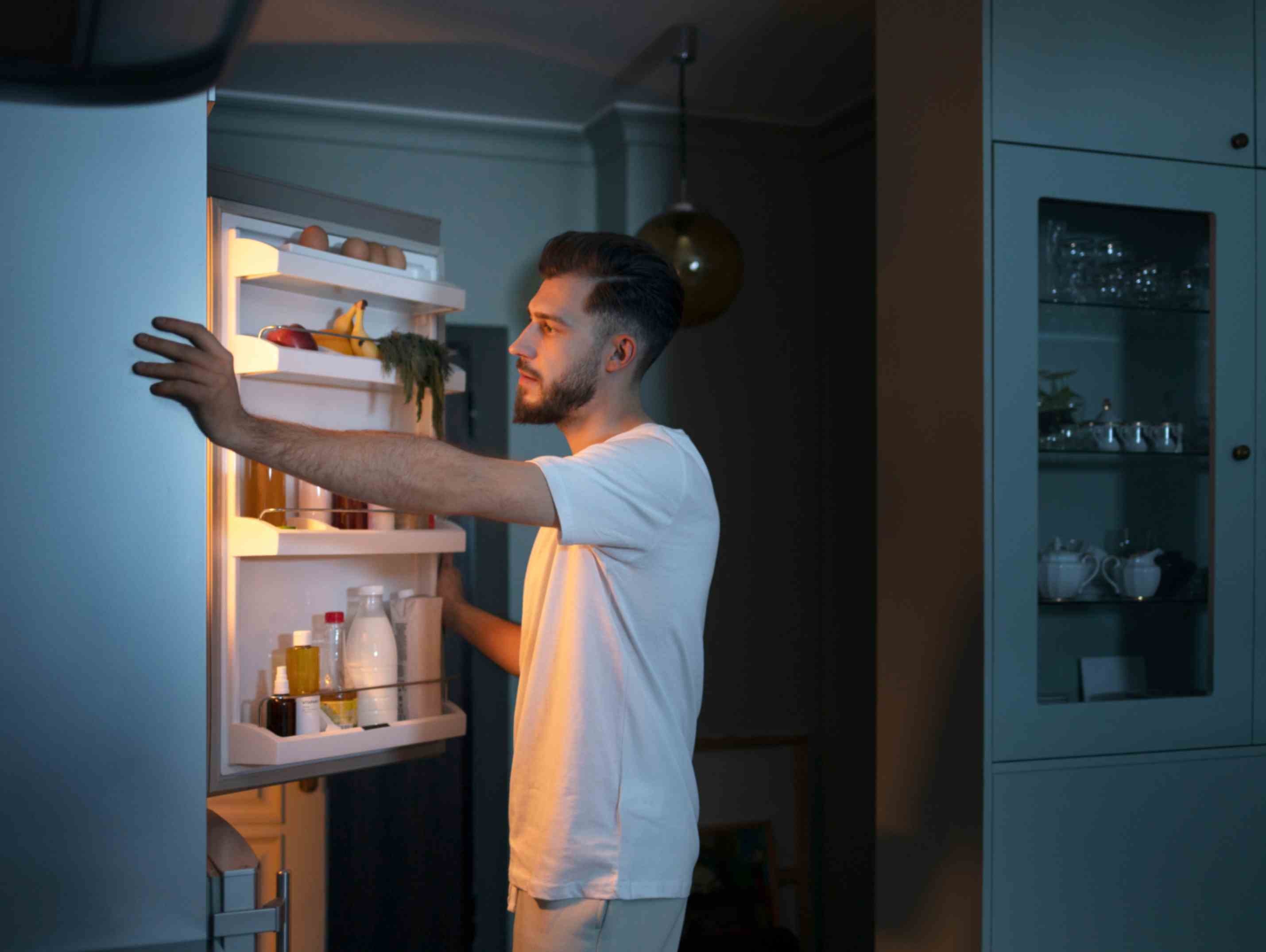
- By Admin
- 0 Comments
- 29 Sep 2022
Troubleshooting Common Refrigerator Problems: A Handy Guide
-
Refrigerator Not Cooling Properly:
- Check the temperature settings. Ensure the thermostat is set to the proper temperature.
- Clean the condenser coils. Dirty coils can impede airflow and reduce cooling efficiency.
- Ensure the refrigerator is not overloaded, obstructing airflow within the unit.
- Verify that the door seals are tight and free from debris. Replace worn-out seals if necessary.
- Check the evaporator fan for proper operation. If it's not running, it may need to be replaced.
- Inspect the defrost system. A malfunctioning defrost heater or thermostat can cause cooling issues.
-
Excessive Frost Build-Up in Freezer:
- Check the door seals for leaks or gaps. Replace damaged seals to prevent warm air from entering the freezer.
- Ensure the freezer door is closing properly. Adjust or replace hinges if needed.
- Verify that the defrost system is functioning correctly. A faulty defrost timer, heater, or thermostat can cause frost buildup.
- Clean the evaporator coils. Frosted coils can indicate a problem with the defrost system.
-
Refrigerator is Noisy:
- Check for any loose or vibrating components such as the condenser fan or evaporator fan. Tighten or replace as necessary.
- Ensure the refrigerator is level. A tilted or unbalanced unit can cause noisy operation.
- Inspect the compressor for signs of wear or damage. A faulty compressor may produce unusual noises.
-
Water Leaking Inside the Refrigerator:
- Check the drainage system for clogs or blockages. Clear any debris from the drain pan and drain line.
- Ensure the refrigerator is level. If it's tilted, water may not flow properly into the drainage system.
- Check the door seals for leaks. Replace worn-out seals to prevent water ingress.
- Inspect the defrost drain for leaks or damage. Repair or replace as needed.
-
Refrigerator Not Dispensing Water or Ice:
- Verify that the water supply line is connected and turned on.
- Check the water filter for clogs or blockages. Replace if necessary.
- Inspect the water inlet valve for damage or sediment buildup. Clean or replace the valve if needed.
- Ensure the dispenser switch is functioning properly. Test the switch for continuity using a multimeter.
-
Refrigerator is Warm But Freezer is Cold:
- Check for airflow obstructions between the freezer and refrigerator compartments. Rearrange items to allow for proper airflow.
- Inspect the damper control assembly. A malfunctioning damper may not be allowing cold air to circulate into the refrigerator compartment.
- Ensure the evaporator fan is running. A faulty fan can prevent cold air from circulating throughout the unit.
Troubleshooting common refrigerator problems can save you time and money by helping you identify and fix issues on your own. Here's a handy guide to help you troubleshoot:
Remember to refer to your refrigerator's user manual for specific troubleshooting steps and safety precautions. If you're unsure about performing any repairs yourself, it's best to contact a qualified technician.
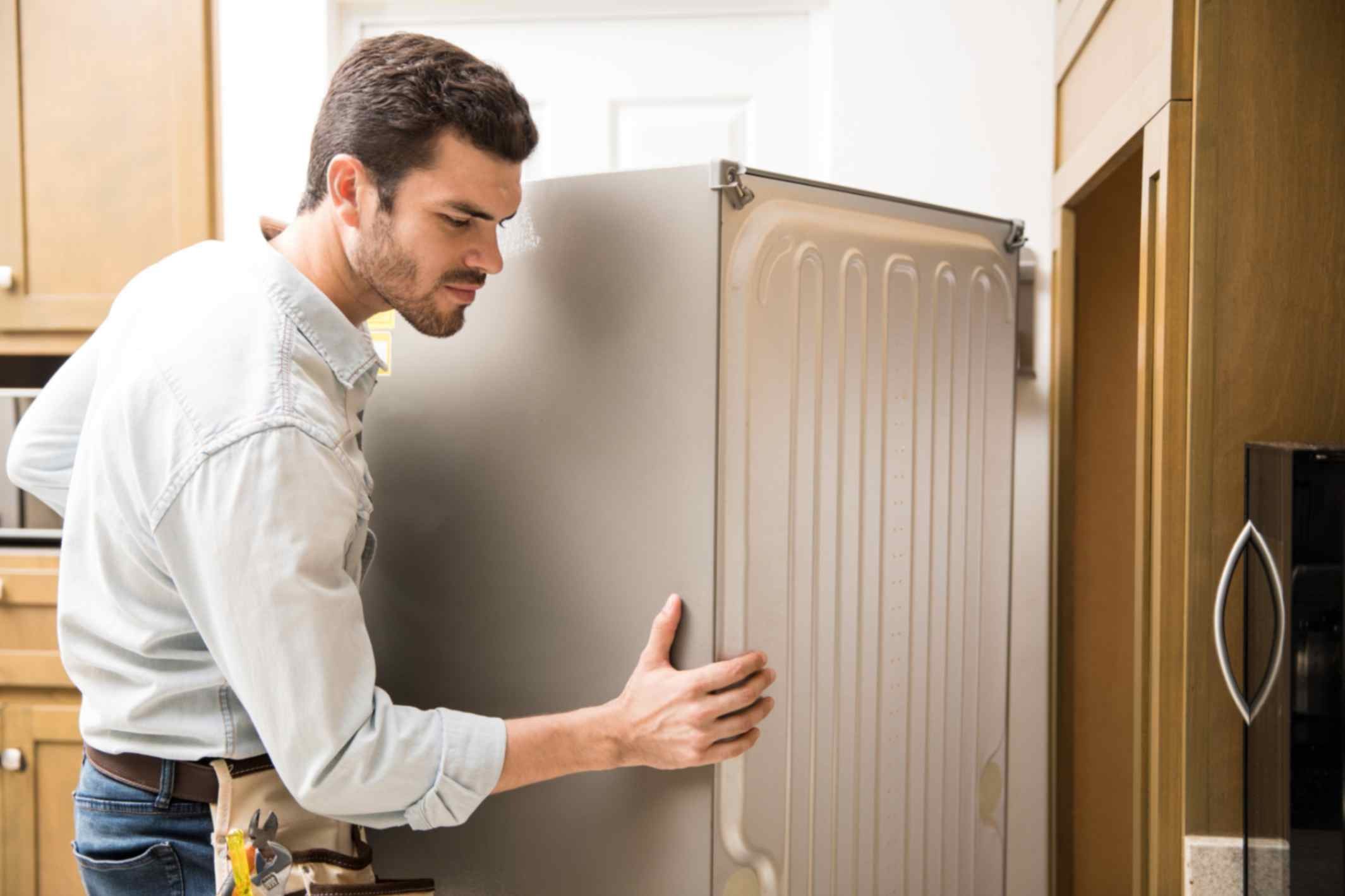
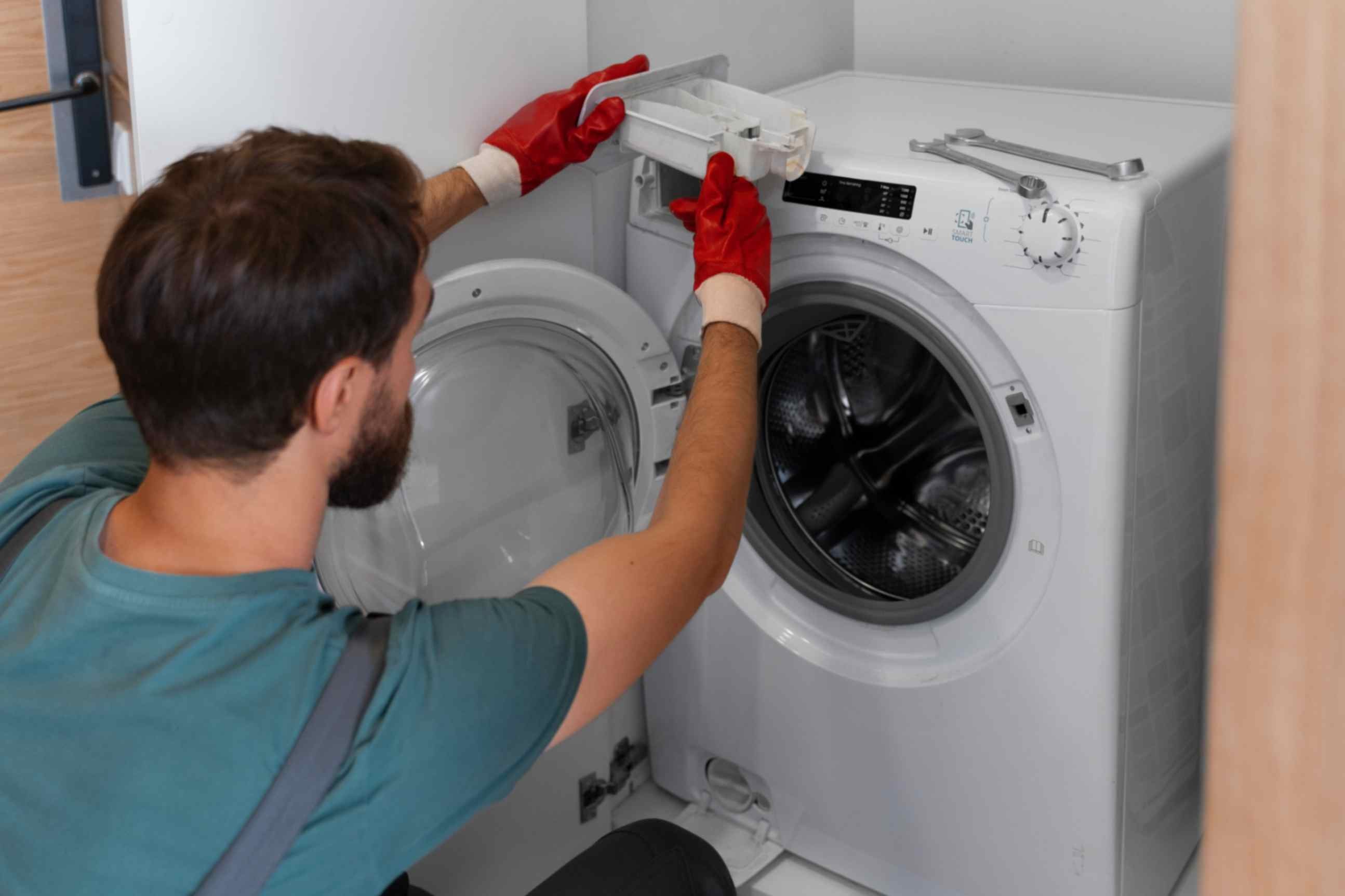
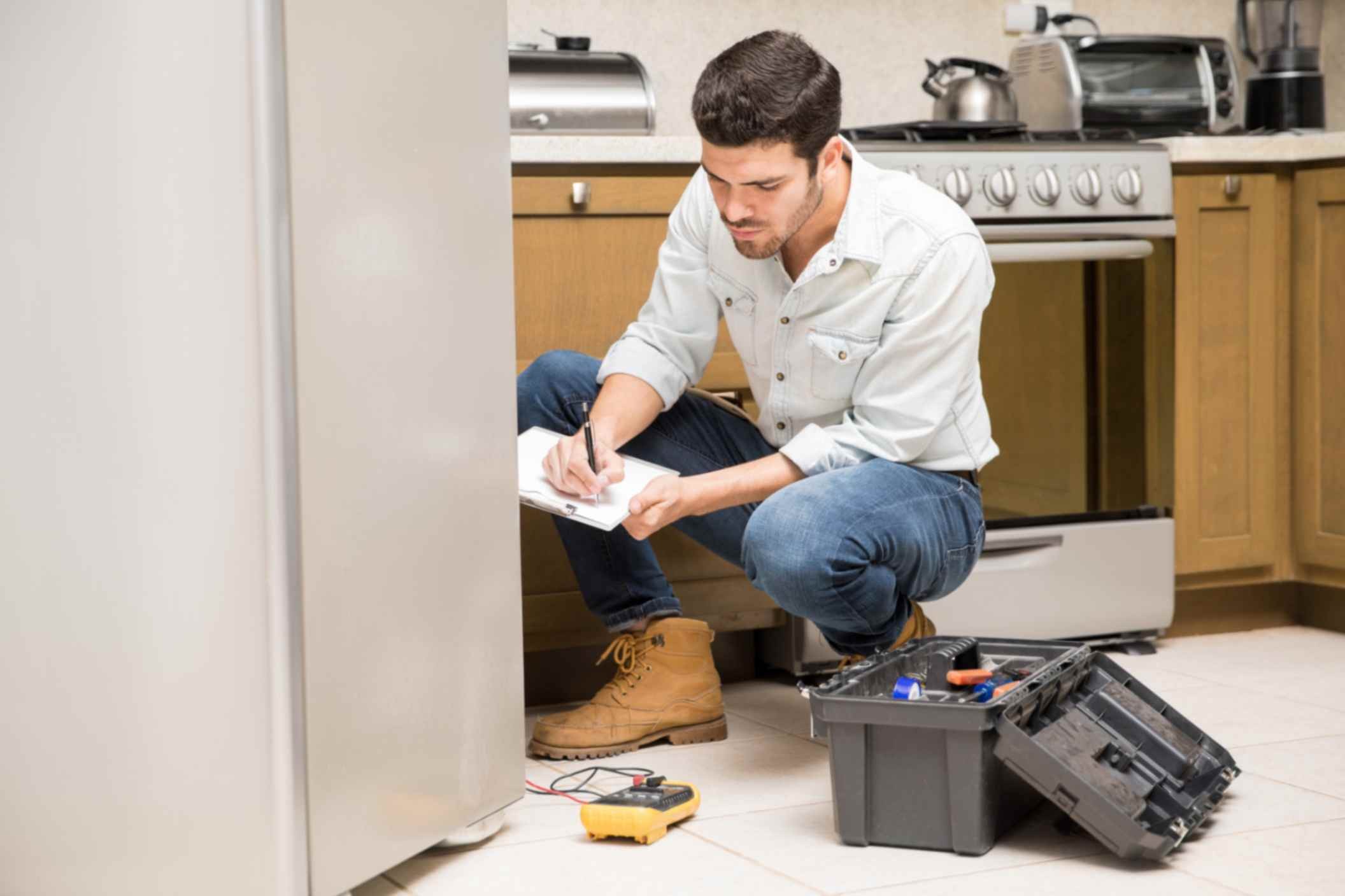
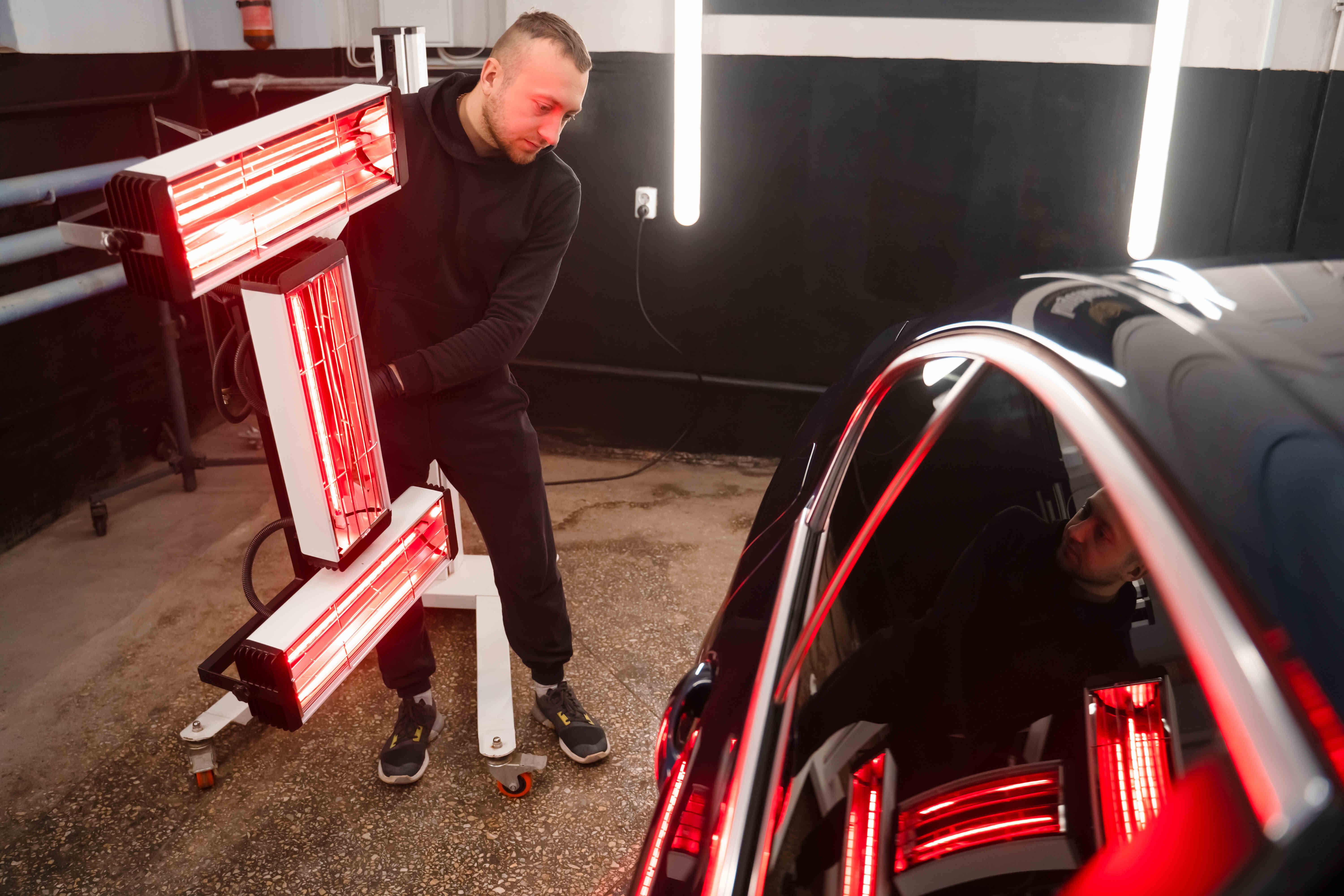
Leave A Comment
Your email address will not be published. Required fields are marked *